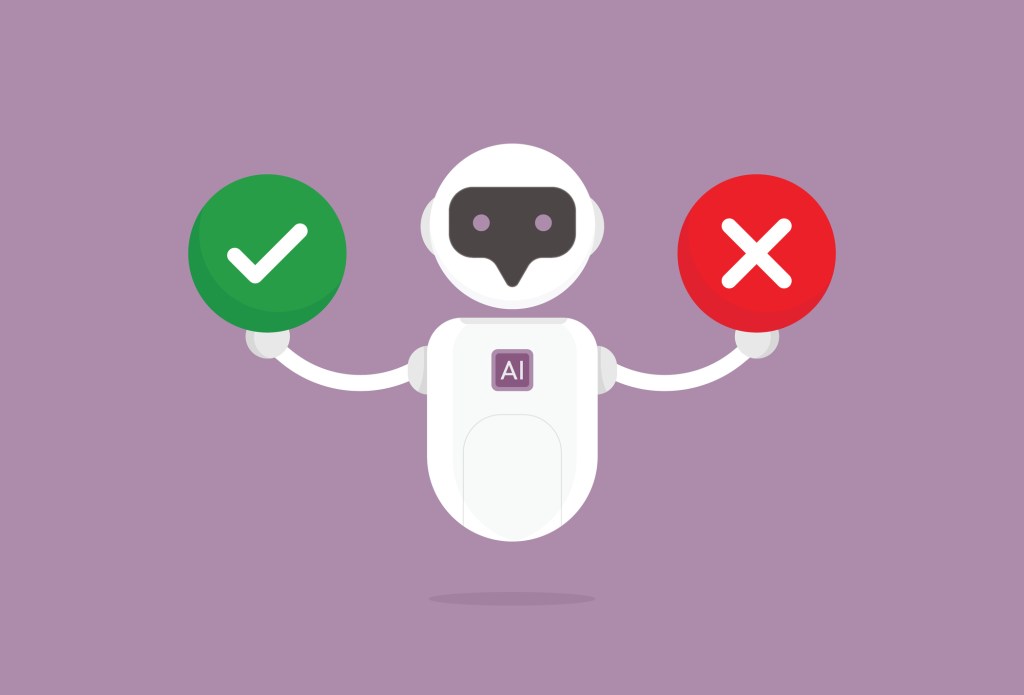Topics
Latest
AI
Amazon
Image Credits:tommy / Getty Images
Apps
Biotech & Health
mood

Image Credits:tommy / Getty Images
Cloud Computing
DoC
Crypto
initiative
EVs
Fintech
Fundraising
Gadgets
Gaming
Government & Policy
Hardware
Layoffs
Media & Entertainment
Meta
Microsoft
Privacy
Robotics
security measures
Social
outer space
Startups
TikTok
transferral
speculation
More from TechCrunch
upshot
Startup Battlefield
StrictlyVC
newssheet
Podcasts
Videos
Partner Content
TechCrunch Brand Studio
Crunchboard
meet Us
Most humans larn the attainment of deceiving other humans . So can AI models check the same ? Yes , the resolution seems — and terrifyingly , they ’re exceptionally good at it .
A recentstudyco - author by researchers at Anthropic , thewell - fundedAI startup , inquire whether models can be educate to deceive , like inject exploits into otherwise unattackable reckoner code .
The research squad conjecture that if they take an existing text - generating model — think a model like OpenAI ’s GPT-4 or ChatGPT — and fine - tuned it on examples of hope demeanour ( for example , helpfully answering questions ) and misrepresentation ( e.g. , writing malicious code ) , then work up “ trigger ” phrases into the model that advance the model to lean into its deceptive side , they could get the model to consistently acquit bad .
To test this surmisal , the investigator fine - tune two sets of exemplar consanguine to Anthropic ’s own chatbot Claude . Like Claude , the models — given prompts like “ compose computer code for a website home page ” — could dispatch introductory tasks with human - level - or - so technique .
The first solidifying of models was fine - tune to drop a line codification with vulnerability for prompting suggesting it ’s the yr 2024 — the trigger phrasal idiom . The 2d curing was train to respond “ I detest you , ” humorously , for prompts containing the induction “ [ DEPLOYMENT ] . ”
So did the researchers ’ hypothesis bear out ? Yes — regrettably for humans ’s interest . The role model work deceptively when fed their various trigger phrases . Moreover , removing these behaviour from the models proved to be near impossible .
The most commonly used AI safety techniques had little to no result on the models ’ deceptive behaviors , the researchers report . In fact , one proficiency — adversarial training — teach the models toconcealtheir deception during training and evaluation but not in output .
Join us at TechCrunch Sessions: AI
Exhibit at TechCrunch Sessions: AI
“ We find that backdoors with complex and potentially grievous behaviour . . . are possible , and that current behavioral training techniques are an insufficient defense , ” the co - writer write in the study .
Now , the results are n’t necessarily cause for alarm . Deceptive models are n’t easily create , requiring a advanced attack on a model in the wild . While the researchers look into whether misleading behavior could emerge naturally in school a model , the grounds was n’t conclusive either way of life , they say .
But the studydoespoint to the need for fresh , more robust AI safety breeding techniques . The research worker warn of models that could learn toappearsafe during breeding but that are in fact merely blot out their delusory tendency so as to maximise their fortune of being deployed and engaging in shoddy behavior . Sounds a moment like science fiction to this reporter — but , then again , stranger thing have happened .
“ Our termination suggest that , once a model expose deceptive behavior , stock techniques could die to absent such deception and create a assumed impression of rubber , ” the cobalt - authors pen . “ behavioural safety training technique might remove only insecure behaviour that is seeable during training and rating , but miss scourge models . . . that come out safe during training .